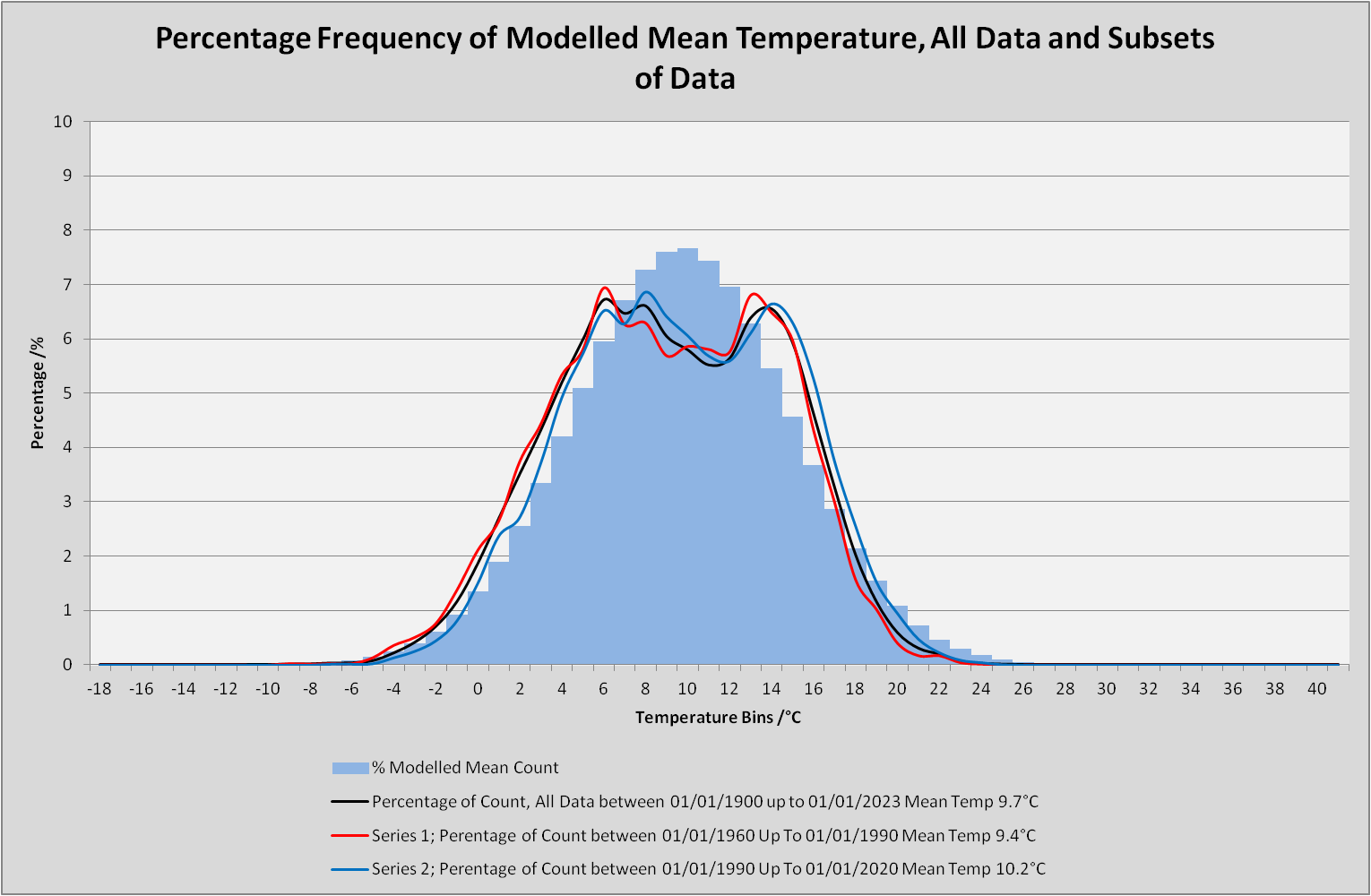Thanks for all the replies. Good to know that there are as many opinions as I've had ideas. I do understand that heat pumps will run more efficiently if all the system is open, but it does seem incredibly wasteful to heat rooms where nobody will enter for the rest of the day, even if it does do this efficiently.
The place is a big sprawling bungalow, all internal walls are brick. So heating an unused room will not provide any benefit to upstairs and little to adjoining rooms. It would just dissipate through the loft into the sky and vanish.
I think I'm concluding that I'll ask the installer to plumb in the zones, and fit zone valves. But don't wire anything to them, and manually lock them all open using their little metal levers. Also install a buffer tank, I believe this eases things if it ends up with restricted flow rates(?). Then just install the standard controller from Vaillant, Daikin or whatever and run it exactly as the manufacturer intended, with everything open.
Once I get a baseline for how well it works then I can start playing games. I can manually open and close the zone valves, see how the COP and power consumption looks. If all goes smoothly then I will add some controls that will drive the zone valves in whatever way makes sense. Or if it all starts cycling or turns terrible in any other way then I just leave things as they are.
We should be looking at about a 10-12kW heat pump. So a bit bigger than average therefore possibly more prone to cycling if driving a smaller number of radiators.
I could look at modulating controller(s) that probably haven't been invented yet, that would fully take over the system. Alternatively (more likely), I'd leave the heat pump doing its own thing based on weather compensation and the controllers just each open and closes its own valve. Then the signal to the boiler would just be the sum of them all, i.e. if any one or more zone wants heat then the heat pump gets the signal to switch on. Hopefully this is easy to achieve by just wiring the microswitches on the zone valves in parallel.
We're installing big radiators that should enable it to be reasonably responsive. I'd rather the odd room is a bit cold sometimes than we constantly throw power at it and never feel the cold. We own jumpers!
The place is a big sprawling bungalow, all internal walls are brick. So heating an unused room will not provide any benefit to upstairs and little to adjoining rooms. It would just dissipate through the loft into the sky and vanish.
I think I'm concluding that I'll ask the installer to plumb in the zones, and fit zone valves. But don't wire anything to them, and manually lock them all open using their little metal levers. Also install a buffer tank, I believe this eases things if it ends up with restricted flow rates(?). Then just install the standard controller from Vaillant, Daikin or whatever and run it exactly as the manufacturer intended, with everything open.
Once I get a baseline for how well it works then I can start playing games. I can manually open and close the zone valves, see how the COP and power consumption looks. If all goes smoothly then I will add some controls that will drive the zone valves in whatever way makes sense. Or if it all starts cycling or turns terrible in any other way then I just leave things as they are.
We should be looking at about a 10-12kW heat pump. So a bit bigger than average therefore possibly more prone to cycling if driving a smaller number of radiators.
I could look at modulating controller(s) that probably haven't been invented yet, that would fully take over the system. Alternatively (more likely), I'd leave the heat pump doing its own thing based on weather compensation and the controllers just each open and closes its own valve. Then the signal to the boiler would just be the sum of them all, i.e. if any one or more zone wants heat then the heat pump gets the signal to switch on. Hopefully this is easy to achieve by just wiring the microswitches on the zone valves in parallel.
We're installing big radiators that should enable it to be reasonably responsive. I'd rather the odd room is a bit cold sometimes than we constantly throw power at it and never feel the cold. We own jumpers!


